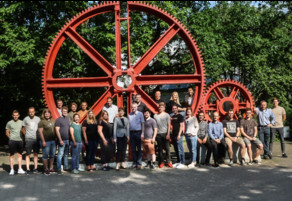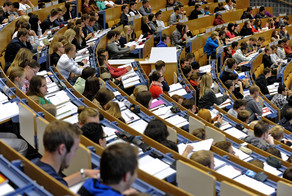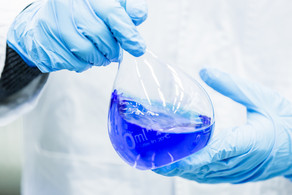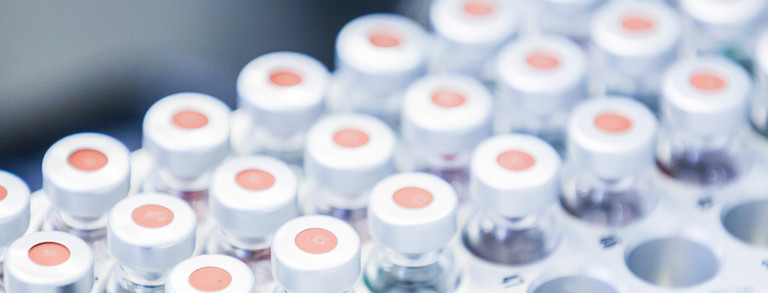Experimental Investigation of Appendix Gap Losses in Stirling Cycle Machines
The aim of this work is to investigate appendix gap losses experimentally by direct measurements of gas and wall temperatures for the first time and thus validate and improve the existing modeling approaches. So far these losses have only been investigated theoretically or by indirect experimental balancing procedures.
Description
The precise modeling of loss mechanisms is crucial for the design of highly efficient Stirling engines. Recent experimental results [1] indicate that the modeling of thermal losses associated with the annular gap between cylinder and displacer, which are commonly referred to as appendix gap losses, is insufficient. As these losses may amount to as much as 10% of the heat input to a Stirling engine, they noticeably affect the overall efficiency. Recently, the available models for the different loss mechanisms in the gap have been reviewed by Pfeiffer and Kuehl [2], and it was found that all of them are based on rather gross simplifications and partly questionable assumptions. Furthermore, none of the existing modeling approaches has ever been validated experimentally. This is because - to some extent - measurements in the gap are challenging due to the confined geometry and difficulties to access the cylinder system in the common case of annular heat exchangers and regenerators.
At the Chair of Thermodynamics, an intensively investigated experimental machine exists, which provides an easy access to the cylinder and an enlarged appendix gap width due to the application of a similarity-based scaling procedure in the design. Hence, this machine offers a unique opportunity for direct gas temperature measurements in the gap. So, the aim of this work is the experimental investigation of appendix gap losses by such measurements for the first time.
To identify the variables significantly influencing the appendix gap losses, the first part of this work will be the extension of an existing simulation program by a differential model of the appendix gap. The second part will be the measurement of the gas temperatures in the appendix gap with high temporal resolution at different radial and axial positions, and with varying process parameters. The measurement setup and procedure shall be devised based on existing experience with high-speed gas temperature measurements at the Chair of Thermodynamics [3]. Based on the experimental results, the accuracy of existing models shall be enhanced, thus allowing a refined optimization of the gap geometry and the design of Stirling engines with an improved performance.
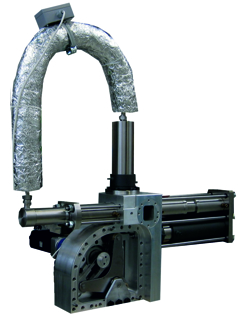
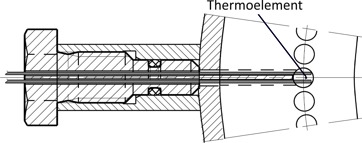
References
| [1] | Geue, I., J. Pfeiffer and H.-D. Kuehl: "Laboratory-Scale Stirling-Vuilleumier Hybrid System Part II: Experimental Results" Journal of Propulsion and Power, vol. 29, pp. 812-24, 2013 |
| [2] | Pfeiffer, J. and H.-D. Kuehl: "Review of Models for Appendix Gap Losses in Stirling Cycle Machines" Journal of Propulsion and Power, 2014 |
| [3] | Kuehl, H.-D., T. Pfeffer, S. Schulz and C. Walther: "High speed gas temperature measurements in a Vuilleumier heat pump and their reproduction by differential computer simulation" Proceedings of the 8th International Stirling Engine Conference, Ancona 1997, pp. 257-66 |



